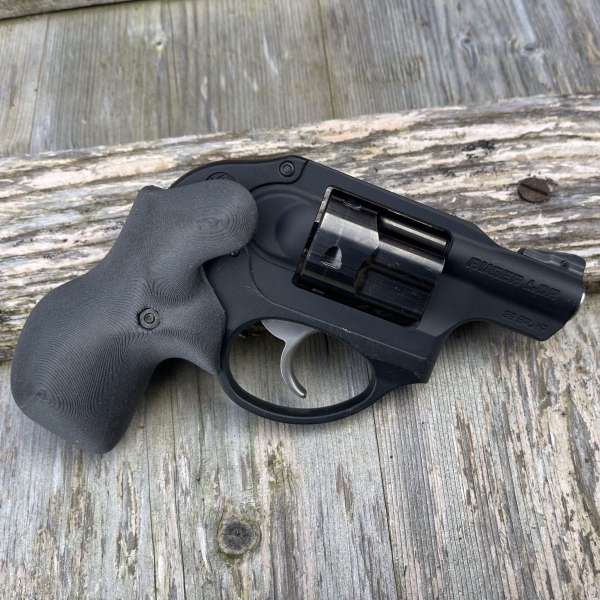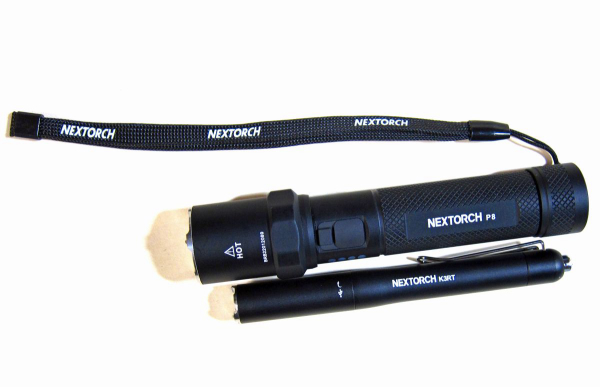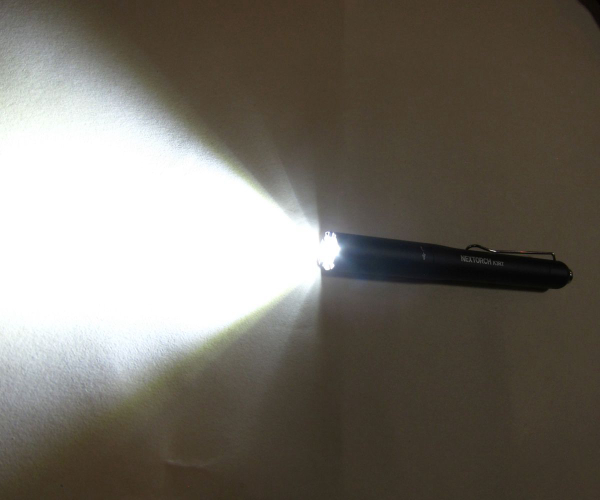For the “equipment solves my problems” crowd, remember that “stuff” never takes care of you. As for the rest of us, we have the “what can help me solve my problems?” stuff. I recently received gear from a couple of different companies.
For those who work in non-permissive environments where discretion is vastly more likely needed than 'tactical' response antics – and for those who must enter those environments on occasion to attend appointments – some discreet carry gear was evaluated.

From Mission First Tactical, I tried their take on the long-available “belly band” holsters. Not so much for long-term carry or for those who can do the deep-dive required for some “under the clothing” carry options, these are for those occasions where the greatest issue is discovery – not fighting; true “first rule of a gunfight” gear.
The first that I wore was their MFT Ultralite version of their Belly Band Holster. That was due to a medical situation that required less in the way of stuff to carry and more in the way of “take care of yourself.”
The “3D Spacer Mesh Fabric” consists of material with channels that permit airflow, as well as their Open-Air Weave Construction method. The “hook and loop” fastener is “soft medical grade,” so appropriate for my situation. There’s a hard laminate trigger shield to take the worry out of being close.
It’s configured for those who favor the right hand – or the left – and it fits a variety of firearms, at the same time a good thing and not so good. Naturally, as a fabric holster, you have to check the fit of your firearm with an empty gun. And don’t have the gun in the band then try to put it on; when the gun falls out, DON’T GRAB FOR IT. Instead, get the band positioned and secure on your body, then – using the dustcover of the auto or the underside of the barrel of the revolver to press the pouch open with the muzzle tending away from your body – and with your finger in register -- place the gun in the rig.
It’s not made for range days where there’s a lot of going into and out of the holster. You may consider some kind of “clip-carry” stocks for your small revolver if that’s what you’re carrying. See the DeSantis Clip Grip (if you can find one, I believe they’re discontinued) or check into Hamre Forge for their various versions of the waistband-clip revolver stocks. If you’re carrying a snub in a belly band, after drawing it you may find you have to stow it in a hurry. The belt-clip revolver stocks option gives you a way to do so safely.

The MFT Belly Band Holster is my choice today – and it has been for light-duty days where I expect few out-of-the-neighborhood trips. In the beltless “training pants” worn on those light days, complying with that “first rule” can be a problem. The heavier of the MFT bands has zippered pockets for ID or cash, a two-sided holster for a small handgun, as well as two “tubes” that can be used for a clip-on knife, small flashlight or spare magazine. The construction is only slightly heavier than the Ultralite version. It features the same soft medical grade hook & loop fastener, the open weave and mesh fabric construction of the lighter unit.
On any of these belly band rigs – I’ve had them from Bianchi and Galco – I wear them such that the top of the band rides at the top of the waistband of my trousers. This enhances concealability and security. They’re handy for those days when nothing else will quite do.
And for those of us who can’t see in the dark, what about a couple of flashlights? I like them, don’t believe you can have too many – if they work.

I’m working with a couple of lights from NEXTORCH, a company I became aware of a few years ago. At the time, they had an interesting mechanical lock expandable baton – something I’ve little use for these days but is handy for those on the job and in security.
The first light is their P8, a “a side switch duty flashlight.” It’s a plug-in to charge compact light which – according to the factory – can project a 1,300-lumen beam which provides light out to around 240 meters. The 18650 rechargeable battery uses USB-C direct charging. I’ve had the light a few months, charged it once.
Perhaps I should take this opportunity to “fill ‘er up.” Hang on ..
It’s water resistant, has three levels of light output and has a dedicated “strobe” switch. Just over 5 ½” long and weighing in at around five ounces, it’s just the thing to drop in my pocket – backing up the flashlight on my belt – on those night time walks with the dog.
Did I try to check the light output? – What do you think?
Sending that high output down the street, I can easily see to the end of the block. A two-tap on the switch lowers the output to more useful levels. For a duty light, I find the switch small and hard to find. There’s no end-cap switch. With their extensive catalog, I imagine they’ve covered this base as well. If you’re wearing gloves when you need the light, the smaller “strobe” switch, located in front of the main switch can get hit. That’s easily enough dealt with.

The other NEXTORCH light I have is extremely practical, good for general use without unnecessary output – and, like the P8, it has a “strike bezel” to take the worry out of being close. What makes that important is that you can wear this light just about anywhere, any time. It’s the K3RT, a pocket light with a very practical pocket clip.
It too has the Type-C charging port – for a clip-on utility light, the ability to keep it charged is handy. The max output of 330 lumens is more than enough for most tasks; that the light can run up to 11 hours is icing on the cake.
Thus far, these lights seem to be robust and solve a few issues I have. Portable, handy, always accessible with more light output than I’ll likely need – which I can adjust – they are welcome options.
— Rich Grassi